Kurt Josef Zalto
In pursuit of the perfect glass
Kurt Josef Zalto – In pursuit of the perfect glass

»The glass is so fine that you almost feel as if you are holding the wine in your hand.«
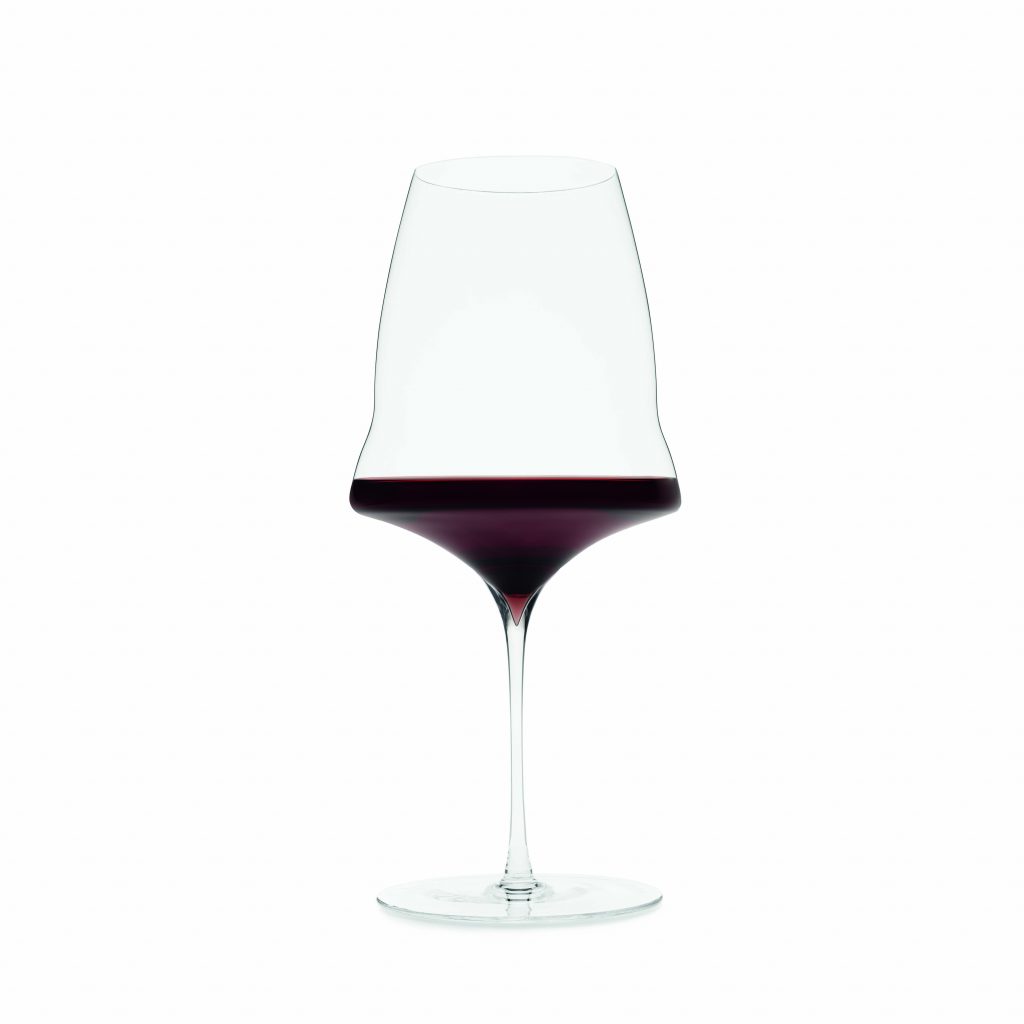
You come from a family that has mastered the craft of glassmaking for generations. Did you decide on this career path very early on?
I really was born with a passion for glass, so to say. The glass tradition of our family goes back to the 18th century in Veneto, Italy. According to my family, my ancestors came to Austria as glassmakers in the Waldviertel around 1770. They were part of a travelling movement of glassmakers to replace glass production with potash, which was banned by Joseph II, with modern techniques. My family is now in the 6th generation of the glass trade and has always remained loyal to the Waldviertel.
Even as a child, my father took me to the glassworks. That has left its mark on me to this day. The heat of the fire, the smell, the red-hot glass from the wooden moulds and the concentrated and precise craftsmanship of the glassblowers impressed me. I started drawing with my father at an early age and I realised at a young age that I wanted to work creatively with glass later on.
What aspect of glass craftsmanship fascinates you the most?
In the meantime, definitely the topic of glassware and its sensory quality. We used to produce the classic range in our own glassworks in the Waldviertel. This mainly included drinking glasses in every shape. In my opinion, the most important drinking glass is the wine glass. We also produced vases and other accessories, including elaborate unique pieces such as engraved portraits of people and transparent painted glasses. The enamel colours for these were mixed from scratch and it’s a very complicated process.
In 1983, when I was just 22 years old, I developed the first long-stemmed wine glasses, a universal glass and as well a red wine glass. Even then, I wanted to reduce the number of glasses so that I could enjoy as many wines as possible from just two glasses. These glasses were produced until the early 1990s. They were then replaced by the “Göttweig” collection. This series was already much finer, lighter and more elegant than my first glasses.
In the 1990s, I began to look more systematically at the influence of shapes on liquids. How does the smell and flavour of a wine change when I taste it from different types of glass? Which shapes favour the supply of oxygen in whisky? Questions like these still trigger me today.
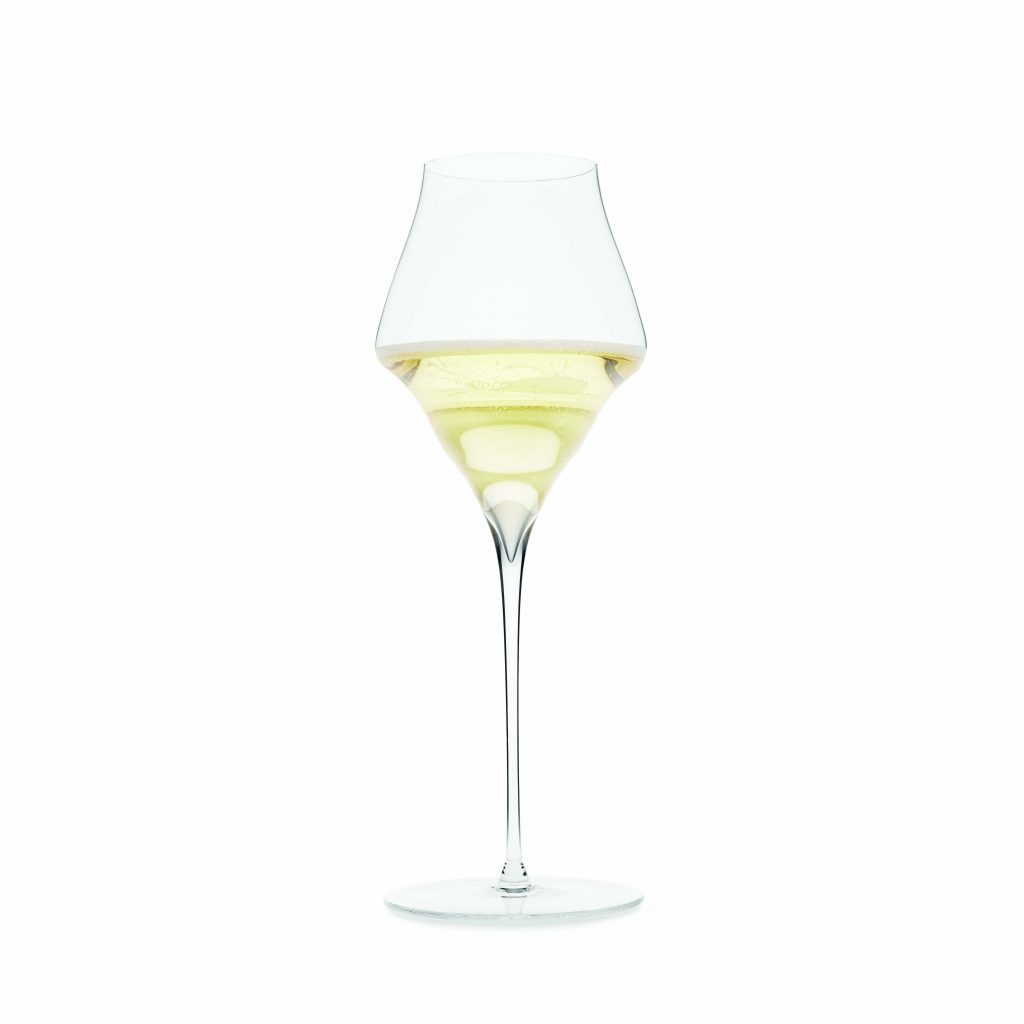
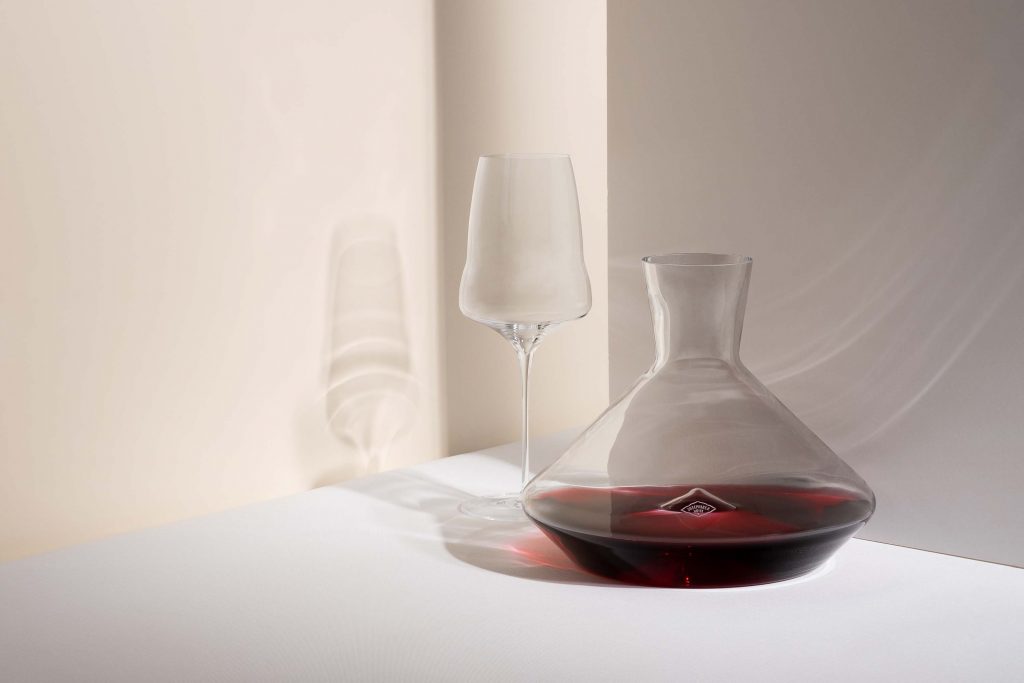
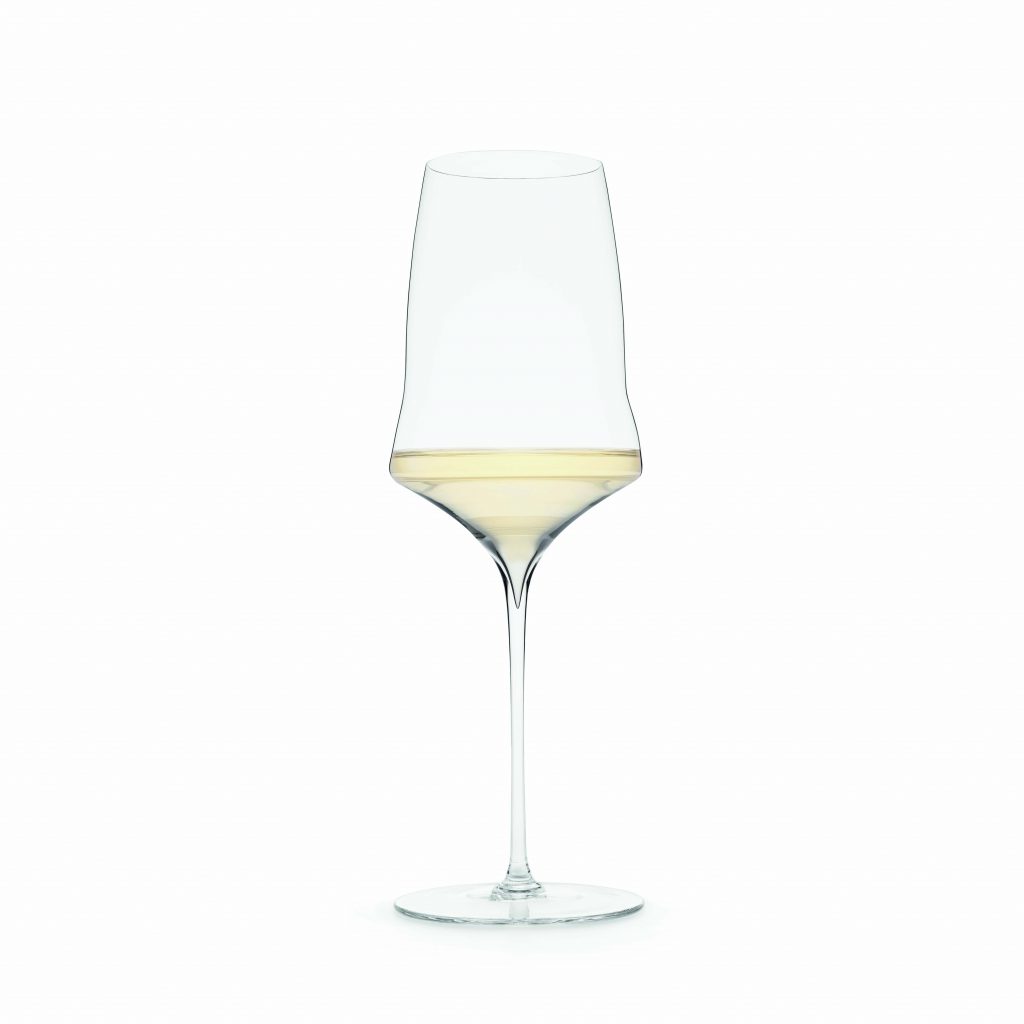
How did the collaboration with Josephinenhütte come about?
Our model is the former “Josephinenhütte”. A Silesian glassworks founded in 1842 in the Giant Mountains by Count Leopold von Schaffgotsch. He gave it the name of his beloved wife: Josephine. The glassmaker Franz Pohl, head of the Josephine glassworks, was an ingenious inventor and artistic mastermind who pushed the boundaries of what was considered possible in glassmaking at the time. He created glass objects of outstanding technical finesse and perfect beauty. They made the historic Josephinenhütte one of the most important glassworks in Europe and the New World. A century later, fate put an end to the success story of the Josephinenhütte and the historic brand went under.
At the end of the 2010s, three friends, including our current CEO Marcus Meyer, set themselves the goal of bringing the brand back to life and building an international glass brand. The missing piece in this vision was me. They wanted to work with me as a glass designer. We had some great conversations and that’s how we came together. I am a co-partner in the company and feel very comfortable with our great team.
What are the particular challenges involved in designing the perfect glass?
I am driven by the vision of finding the archetypal wine glass. A glass that unleashes the flavours of the wine better than any other. I have given the Josephine glass a characteristic bend that perfectly combines form and function. The carefully moulded edge acts like a breakwater when swirled. This allows the wine to absorb a lot of oxygen and develop perfectly. A completely new dimension in terms of flavour. At the same time, the glass is so fine that you almost feel as if you are holding the wine in your hand. The Josephine is the best glass I have ever developed.
What innovative aspect of the Josephine line are you particularly proud of?
The combination of maximum functionality and iconic design makes me a proud, despite my modesty (smiles). It’s not often that media such as Forbes, the New York Times or the NZZ report euphorically about a German company, but we have managed to do this with Josephinenhütte in recent years. The demand is correspondingly overwhelming. We are currently in a situation where we are receiving orders from all over the world.
It’s a very special feeling to walk into the trendiest bar in Mexico and discover our glasses on the shelf by chance. The list of the “World’s 50 Best Restaurants” includes many of our customers: from Disfrutar in Barcelona and DiverXo in Madrid to Alchemist in Copenhagen, Quintonil in Mexico City, Nobelhart & Schmutzig in Berlin and 7th Door in South Korea. Exceptional chefs such as César Ramirez from New York or Clemens Rambichler from Sonnora as well as the team from the French caviar house Petrossian in Hollywood now use our glass collection. That’s just great!
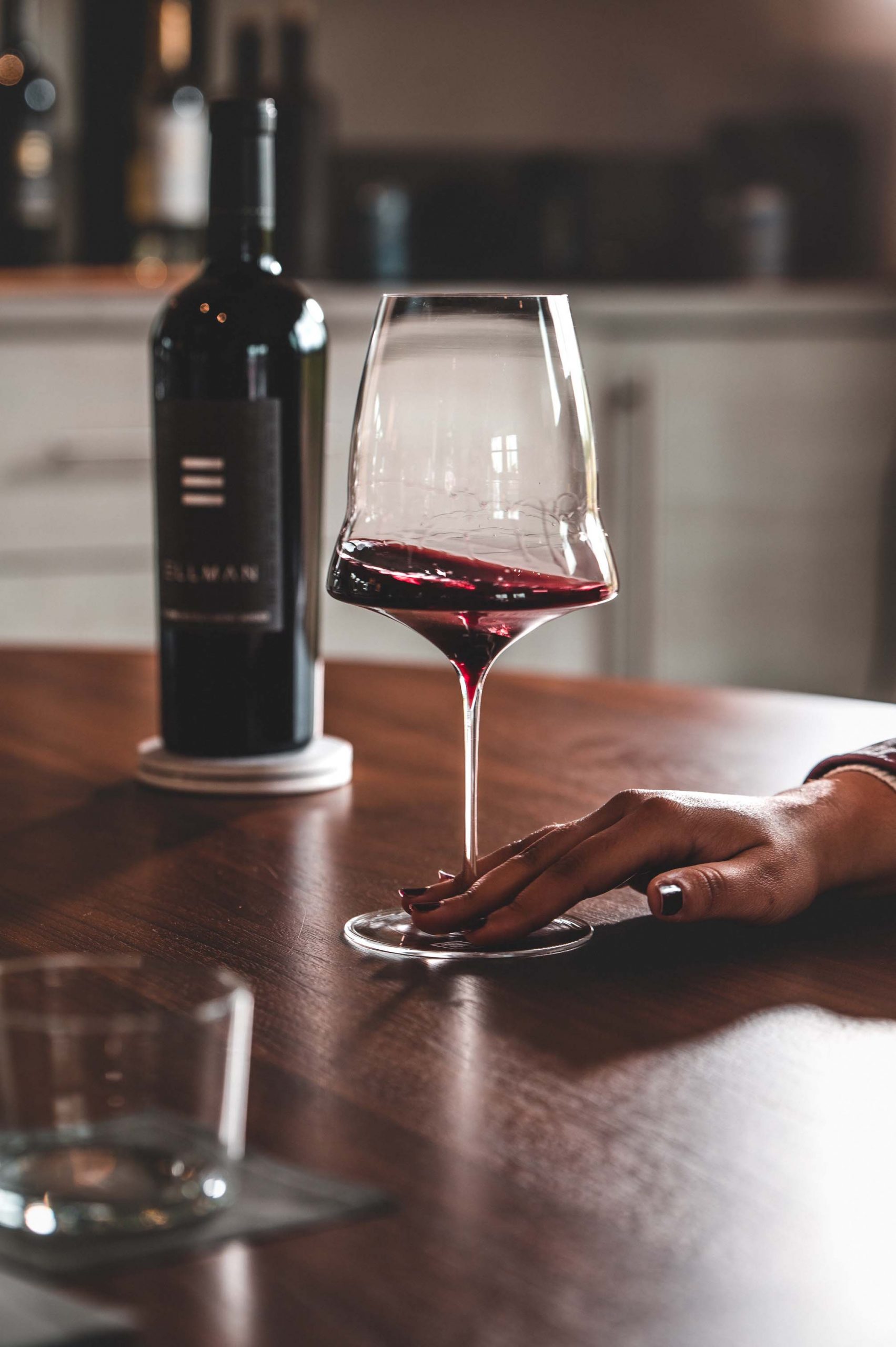
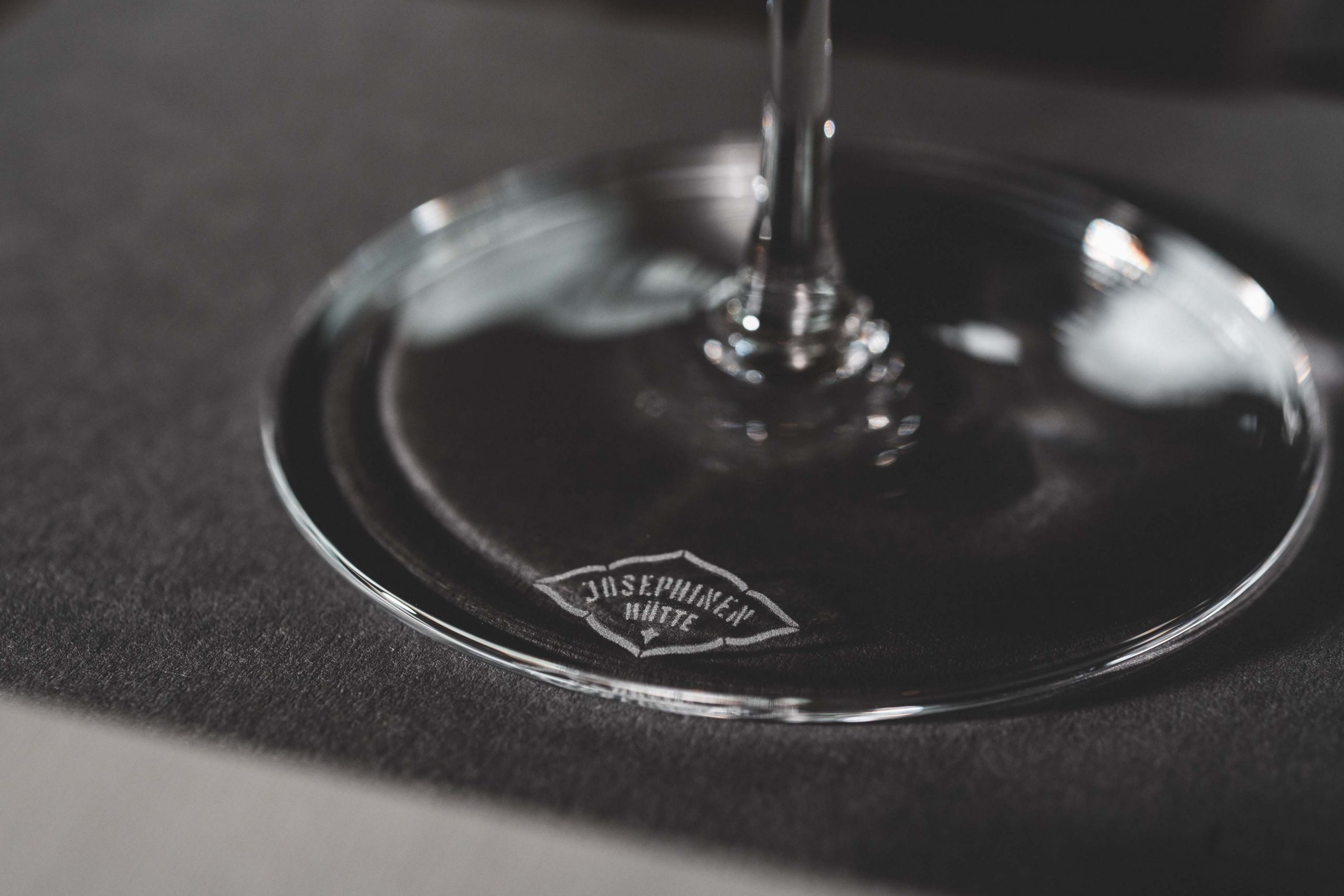
How long does the process take from the initial design to the finished glass?
That can take several years. I have been studying the influence of shapes and materials on the behaviour and taste of drinks for decades. Like the great masters of the Renaissance, I follow the ‘calculated form’ approach. I need a lot of time and feeling to develop the form and function of the glass until the individual radii and angles harmonise perfectly with each other. The end result is a highly functional form that is very beautiful to look at.
Making mouth-blown glass is a lengthy process that requires great skill and experience on the part of the glassblower. First, the mixture is made from various raw materials, such as quartz sand and soda – I have a special mixture made for the Josephinenhütte for our glasses. This is followed by the melting process, in which the glass mixture is first heated to 1,420°C in the furnace – the consistency is then liquid. After melting, the liquid glass is cooled down to a working temperature of 1,200°C. It is now free of bubbles and has a viscous consistency that is wonderful to work with.
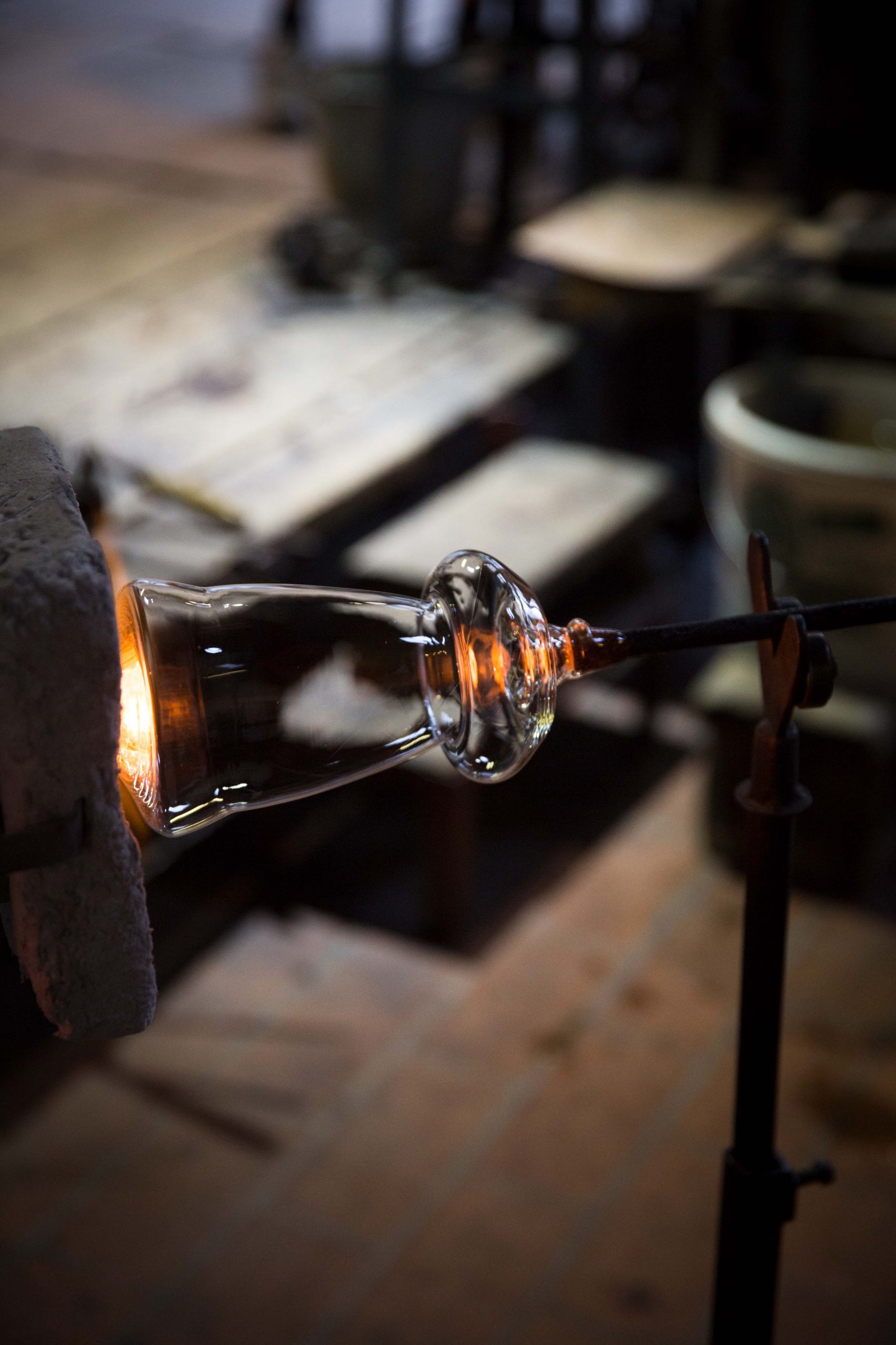
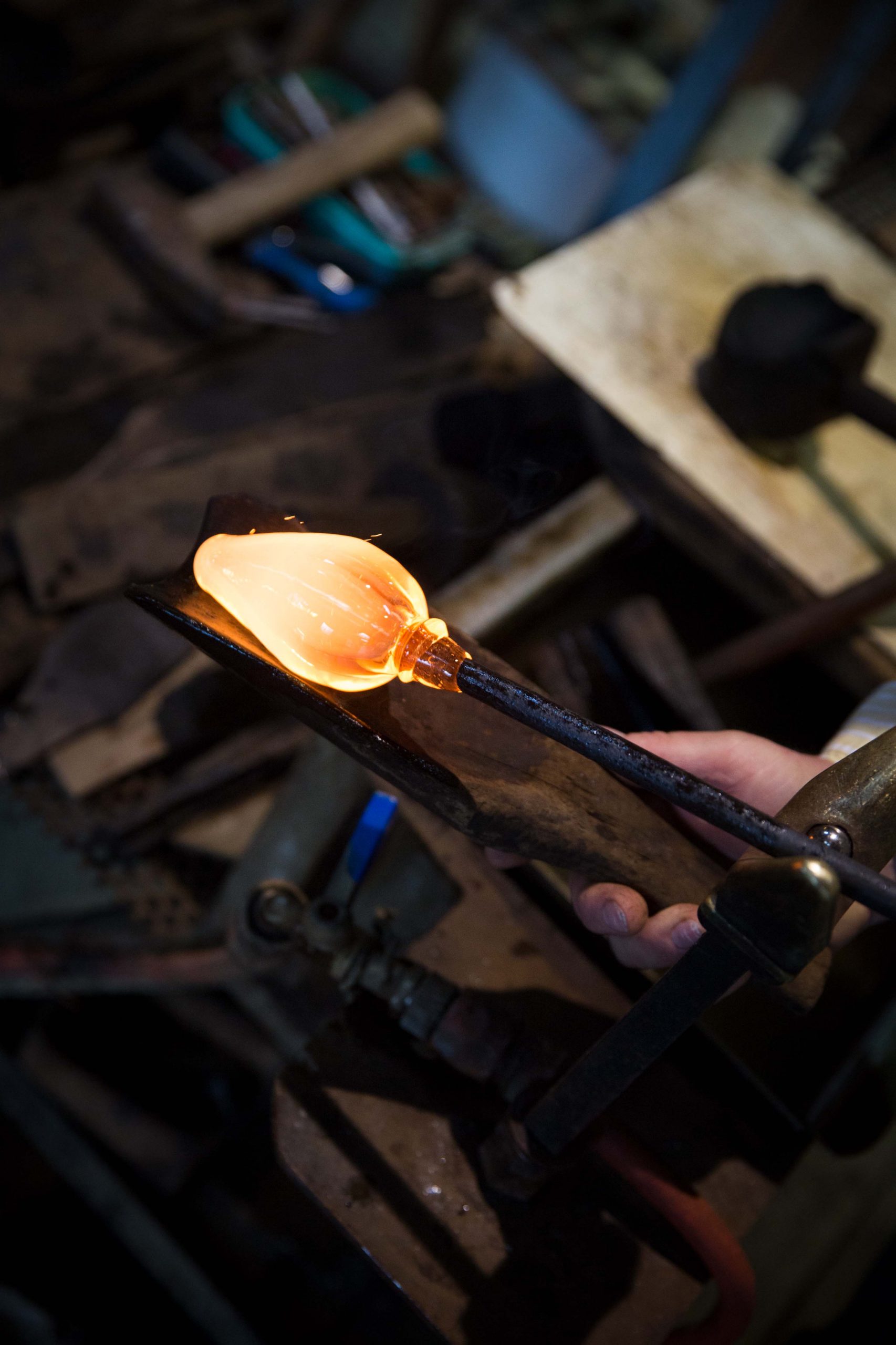
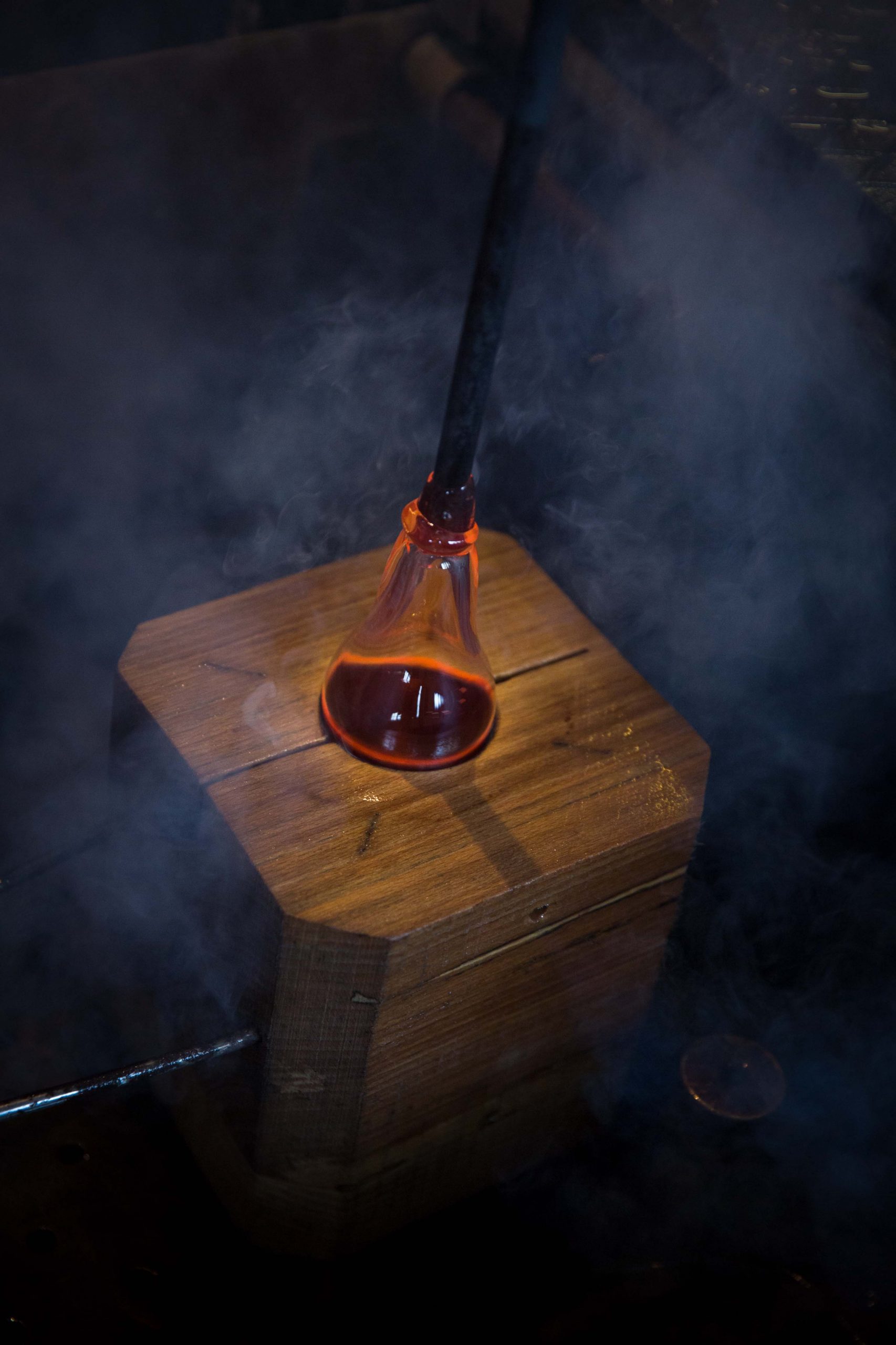
What about the iconic glassmaker’s pipe?
By using this wonderful tool, the glassmaker removes the hot mass from the furnace. Constantly turning it, the viscous glass is skilfully blown into a two-part beechwood mould. This creates the fine, wafer-thin goblet, the bowl of the wine glass. The stem is then pulled out of the goblet using tongs. A little more of the viscous glass paste is applied to the stem, from which the base of the glass is rotated using wooden base scissors. All the newly made glasses are then placed in a cooling oven. In a cooling process lasting several hours, stresses are absorbed from the glass.
But the glass is not finished until the next day. Blasting off the cap of the dome, grinding and polishing the rim. All this is done entirely by hand. The glasses are then completely washed and polished by hand, sorted and branded. Any glass that does not meet the highest precision requirements and the defined feather-light weight is melted down again and recycled. Up to ten people are involved in the entire process.
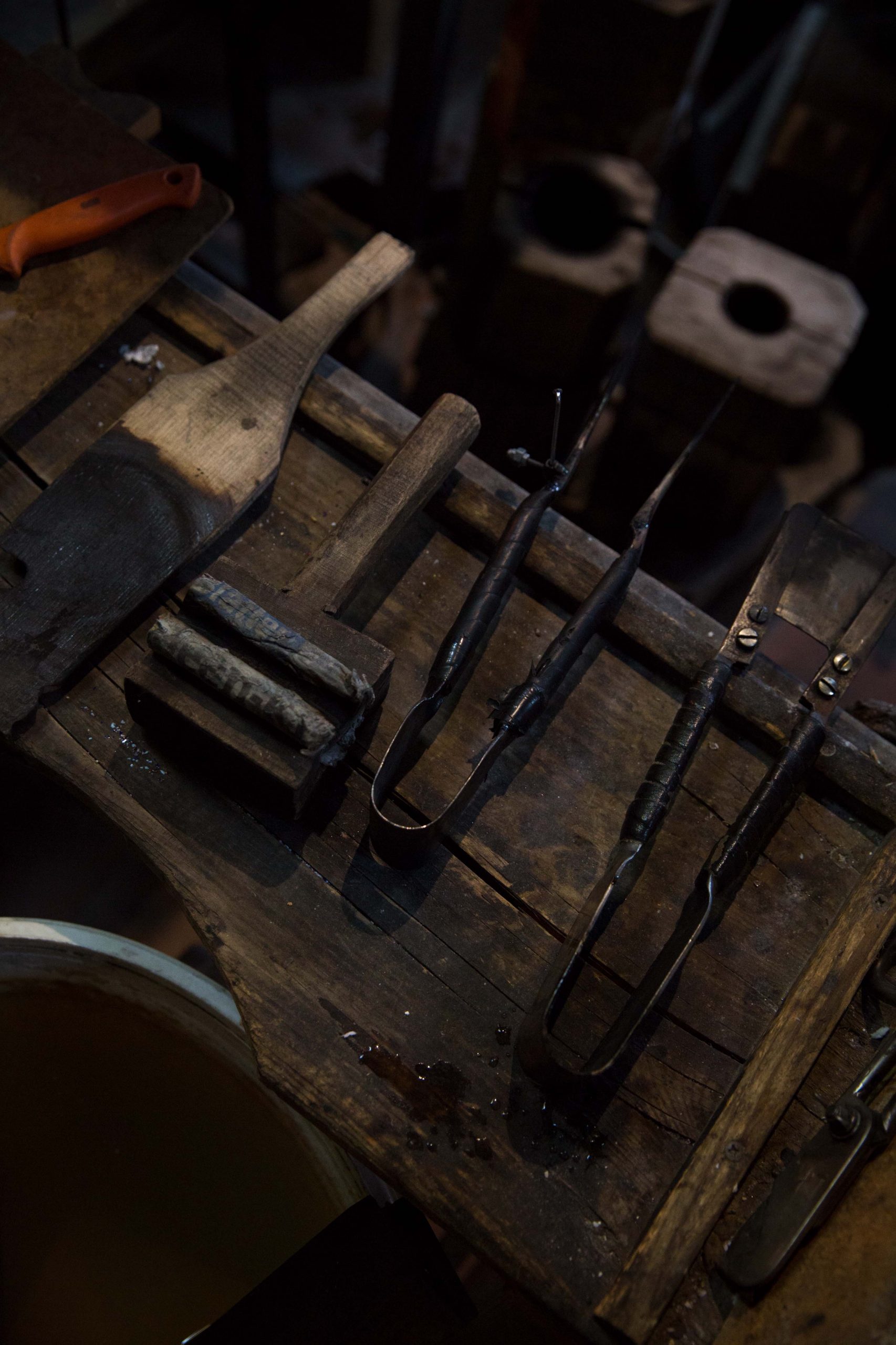
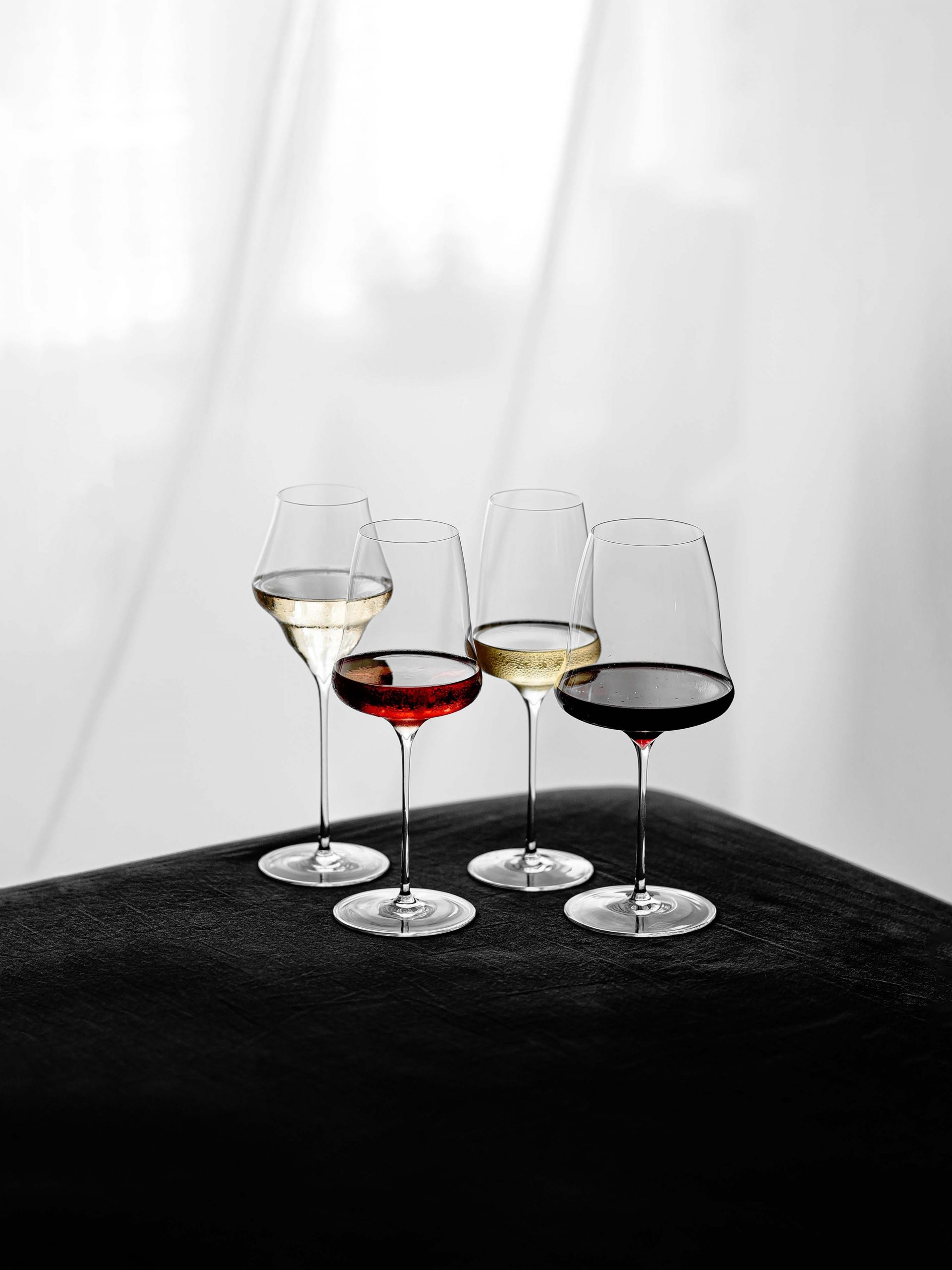
A sommelier recently said that the glasses are incredibly honest. What does he mean by that?
A wine really does taste different from the Josephine. Both for wine professionals and for anyone who only drinks wine occasionally, the difference can be clearly smelled and tasted during a tasting. We love to look at the astonished faces of people who can’t believe that they have just tasted the same wine from two different glasses and not two different wines. When a sommelier talks about “honesty”, he certainly means that the glass does not conceal anything, but reveals everything that the wine has to offer. Or not. A wine of inferior quality does not suddenly appear better from our glasses.
Which of the world’s established glass art cultures and their traditions do you find interesting and inspiring?
What has influenced me the most is the Viennese glass culture around 1900. This era is known as the architects’ glass. What also fascinates me is the lightness of the glass of the Italian Renaissance. I also have the greatest respect for Eastern European glass art, which also looks back on a long tradition. From Hungary to Poland, there are still outstanding glassmakers today.
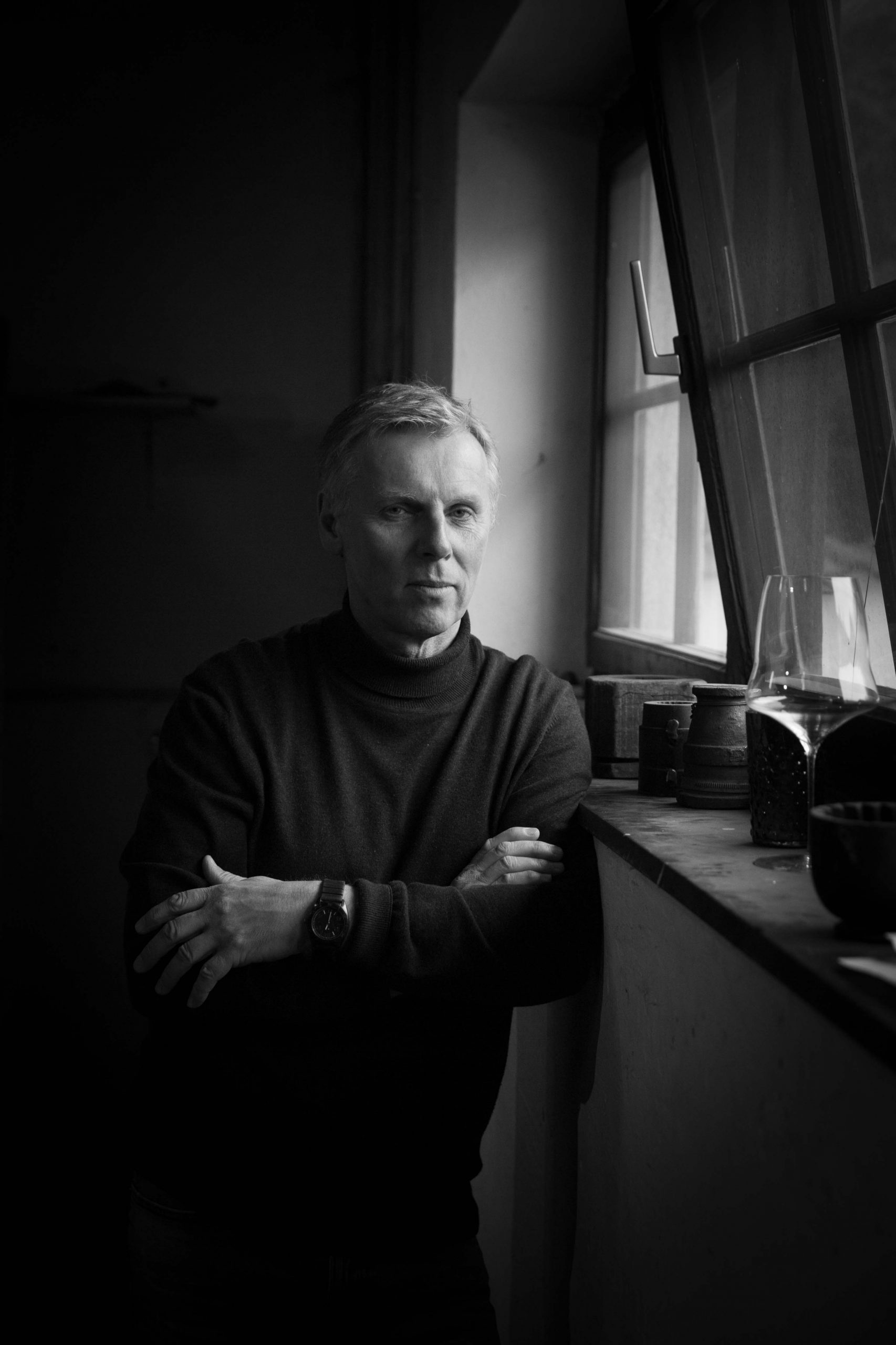
Speaking of inspiration: where do you personally get inspiration for your work?
I’m interested in one thing above all: how does nature build? I therefore find inspiration in the great outdoors. I am fascinated by organic forms. A wonderful world of shapes can be discovered in the microstructures of cell nuclei in particular. In addition, calyxes often captivate with their magical aesthetics, which generally also serve a logical purpose.
A perfect evening awaits you. Which wine will you choose?
I love wine, I was born and grew up in Austria. My wine cellar therefore contains numerous wines from the Kremstal, Wachau and Weinviertel regions. In general, however, the big, wide world of wine is so colourful and diverse that I would never limit myself here. There is still so much to discover.
For example, we were travelling in Napa Valley this year. When I got back home, I organised a Californian wine evening with friends. We talked about the wines, the winemakers and our impressions. It was a great evening. Wine always provides good topics for conversation. I therefore always remain curious and look forward to discovering new things. For me, the most exciting wine is always the one I have in my glass and don’t know yet!
Thank you, Kurt Josef Zalto!


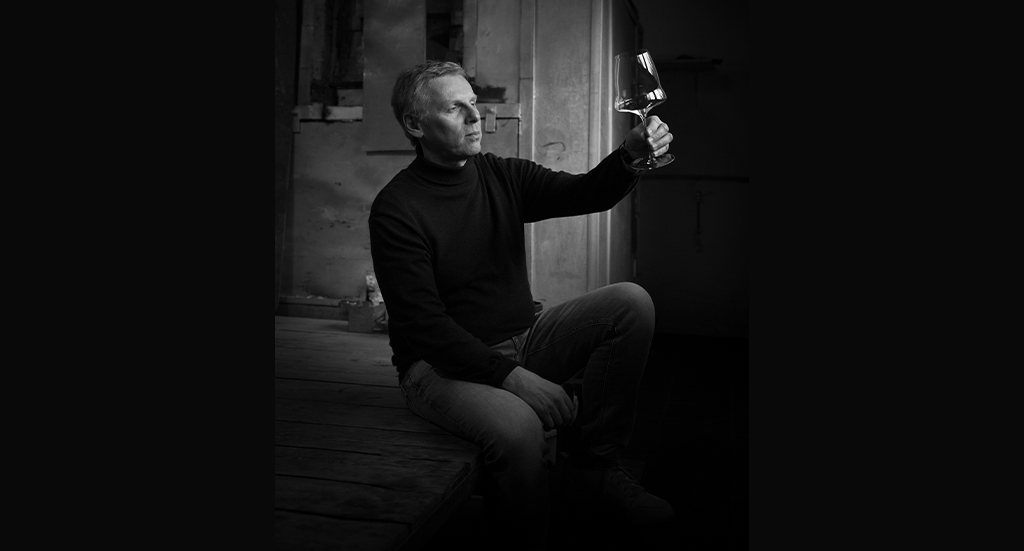
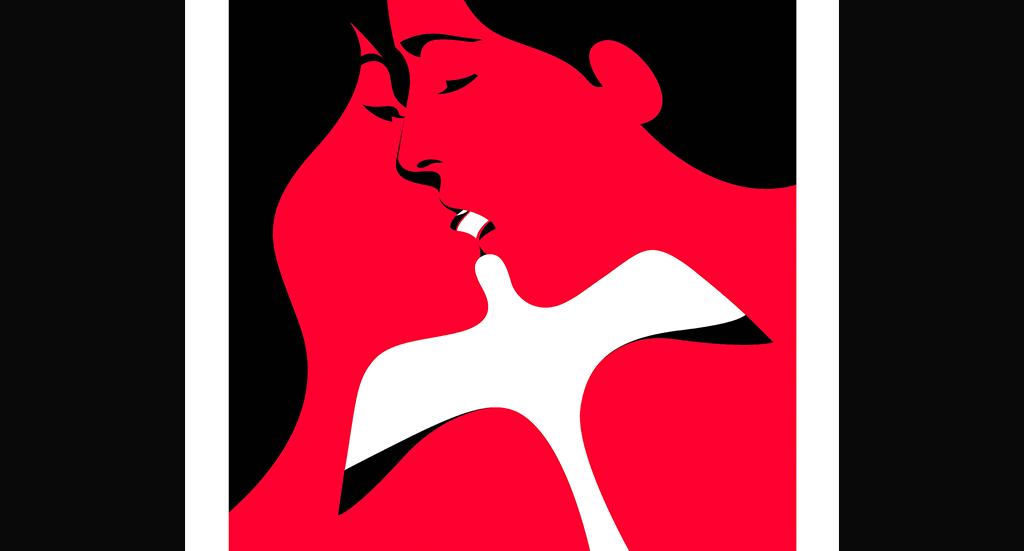
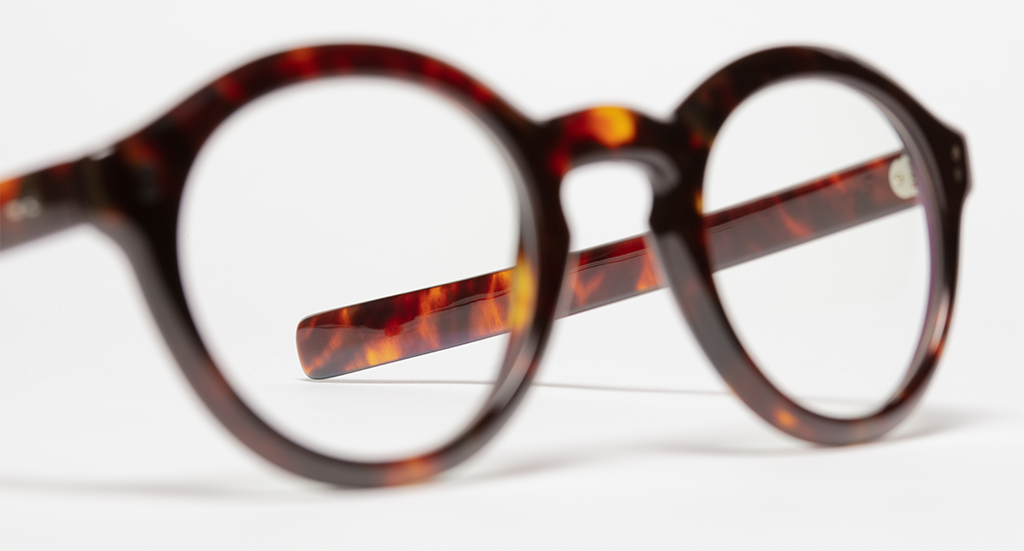

Join our Community